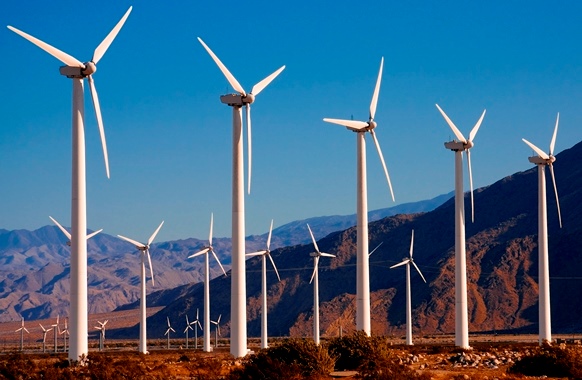Key Concepts
The principle stating that energy cannot be created or destroyed, although it can be changed from one form to another. The law of conservation of energy has been established by a multitude of meticulous measurements of gains and losses of all known forms of energy including mechanical, electrical, magnetic, thermal, chemical, and nuclear forms. In all cases, some parts or particles of the system may gain energy, but others must lose just as much. Thus, in any isolated or closed system, the sum of all forms of energy remains constant. The energy of the system may be interconverted among many different forms (see illustration). As any physical process progresses, the second law of thermodynamics predicts that energy transformations will favor increasing disorder and decreased availability of energy to do work. However, within the limits of small experimental uncertainty, no change in total amount of energy has been observed in any situation in which it has been possible to ensure that energy has not entered or left the system in the form of work or heat. For a system that is both gaining and losing energy in the form of work and heat, as is true of any machine in operation, the energy principle asserts that the net gain of energy is equal to the total change of the system's internal energy. See also: Conservation laws (physics); Energy; Energy conversion; Thermodynamic principles

Application to life processes
The energy principle also applies to life processes. For instance, the quantity of heat obtained by burning food equivalent to the daily food intake of an animal is found to be equal to the daily amount of energy released by the animal in the forms of heat, work done, and energy in the waste products. (It is assumed that the animal is not gaining or losing weight.) Studies with similar results have been made of photosynthesis—the process upon which the existence of practically all plant and animal life ultimately depends. See also: Metabolism; Photosynthesis
Conservation of mechanical energy
There are many ways in which the principle of conservation of energy may be stated, depending on the intended application. Examples are the various methods of stating the first law of thermodynamics, the work–kinetic energy theorem, and the assertion that perpetual motion of the first kind is impossible. Of particular interest is the special form of the principle known as the principle of conservation of mechanical energy (kinetic Ek plus potential Ep), which states that mechanical energy of any system of bodies connected together in any way is conserved, provided that the system is free of all frictional forces, including internal friction that could arise during collisions of the bodies of the system. Although frictional or other nonconservative forces are always present in any actual situation, their effects in many cases are so small that the principle of conservation of mechanical energy is a very useful approximation. Thus, for a missile or satellite traveling high in space, the dissipative effects arising from such sources as the residual air and meteoric dust are so exceedingly small that the loss of mechanical energy (Ek + Ep) of the body as it proceeds along its trajectory may, for many purposes, be disregarded. See also: Friction; Perpetual motion; Thermodynamic principles
Mechanical equivalent of heat
In the middle of the nineteenth century, James Prescott Joule and others demonstrated the equivalence of heat and work by showing experimentally that a definite quantity of heat always appears for every definite amount of work done against friction. Experiments usually were so arranged that the heat generated was absorbed by a given quantity of water, and it was observed that a given expenditure of mechanical energy always produced the same rise of temperature in the water. The resulting numerical relation between quantities of mechanical energy and heat is called the Joule equivalent, which is also known as the mechanical equivalent of heat.
Conservation of mass-energy
In view of the principle of equivalence of mass and energy in the restricted theory of relativity, the classical principle of conservation of energy must be regarded as a special case of the principle of conservation of mass-energy. However, this more general principle should be invoked only when dealing with certain nuclear phenomena or when speeds comparable with the speed of light (3.00 × 105 km/s or 1.86 × 105 mi/s) are involved. See also: Relativity
Laws of motion
Because the sum of all forms of energy in an isolated or closed system remains constant, the actual behavior of all parts or particles of the system (and thus of the whole system itself) obeys certain laws of motion. Therefore, these laws of motion must be such that the energy of the total system is not changed by collisions or other interactions of its parts. See also: Motion; Newton's laws of motion





